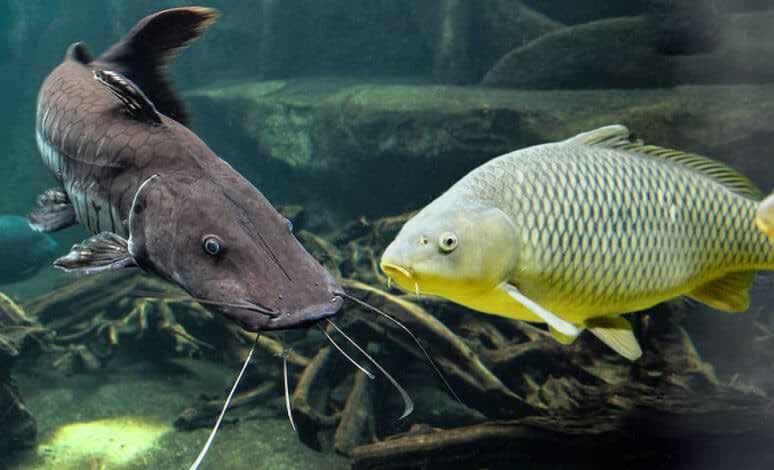1 minute read
Cannabis and Wildfires… what’s the big deal?
from July 5, 2023 Edition
by cnwmedia.com
Next Article
Fire threats to Illinois cannabis are for the most part nonexistent. All the state’s legal marijuana is grown indoors, but industrial hemp can be field grown. Recent Canadian wildfires have brought to light threats that may haven’t been so concerning to the cannabis industry, like wildfires. Urban cultivators and craft growers aren’t as in tune with the impacts of changing environmental conditions on crop health, yield, and profits. Indoor controlled environments protect plants from the dynamic nature of the elements. Those growing outdoors, however, are increasingly impacted by drought, storms, wind, heat, frost, pests, and fire. Wildfires are part of the natural world, yet they are becoming increasingly more volatile as droughts and high temperatures become more prevalent. The bad news is most of the United States are fire-dependent ecosystems. The good news is of the Midwest states, Illinois tends to have the fewest fires. According to the Midwest Regional Climate Center, Illinois averaged 57 fires per year between 2002-2014. So, if there is little threat to Illinois cannabis what is the big deal? With the industry being so robust here in the state three are Illinois investors in other markets across the nation. There are hundreds, if not thousands of investors looking to cash in on cannabis and lessons in risks to the supply chain often are few and far between. While all of the industry will struggle with water certain states will be at greater risk of fires due to the ecology of the landscape. A California study determined cannabis farms were uniquely vulnerable to future wildfires because of where they are located geographically. Lead author Christopher Dillis, and co-authors recommend evaluating the policies that prevent cannabis from operating in lower fire risk landscapes.
A fire produces an immense amount of smoke. Plants need incoming sunlight to grow, but when there is haze or smoke a fraction of that sunlight never gets to the plant. Extended exposure to smoke and other chemicals released from fires can alter air and soil chemistry changing how a plant takes up nutrients. But nutrient deficiencies and damage can’t be so immediately seen. Illinois may avoid the impacts of natural fires, but the current drought is drying up farmland across the prairie state. Investors should become more proficient at understanding how the natural world is shifting, not just to avoid the risks better, but to also make decisions that contribute to a healthier environment for the plant and the people….period.










